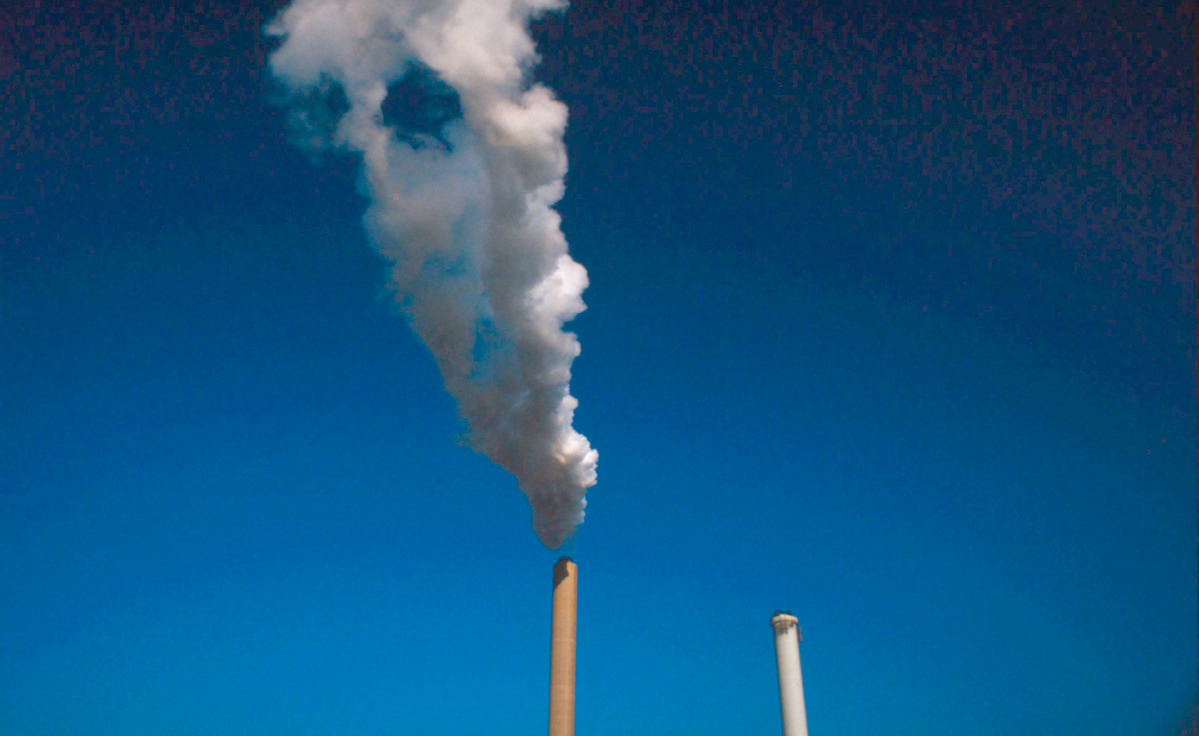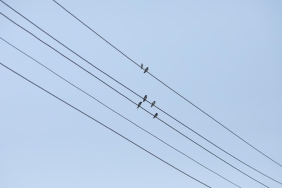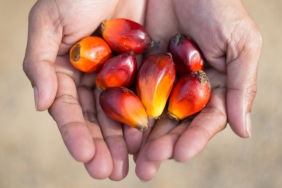MANY STEPS TO KEEP CARBON LOW
With the effects of climate change already felt everywhere, such as rising temperatures, rising sea levels, changes in snow cover, and changes in rainfall and extreme weather, lifestyle improvements need to be made from now on. This includes the habit of saving paper. As much as 40% of Indonesia's forests have been lost for pulp and paper production. Don't let more forests be lost because people waste paper.
There are so many ways we can save the use of paper, which will also have an impact on preserving the forest,
When at Home
All good habits start at home. The same goes for saving paper. If monthly bills such as credit cards, pay TV, insurance and so on are still sent to the house, change it immediately and have them sent via email. In addition to saving paper, couriers don't need to deliver mail to the house which also means saving on fuel consumption. Furthermore, although this option is still not popular, the way of subscribing to newspapers or magazines from previously printed, can be changed to digital. The same goes for the habit of buying and reading books. Imagine how many trees could be saved if people started buying and reading e-books?
When in the Office
It is time to make it a habit to consider efficiency factors before making paper-related decisions in the office. For example, should you print more than the required number of company profile, annual report or brochures? Should documents be faxed when they can be sent via email? Should you print documents received via email? Has the office implemented the concept of paperless meetings, where hardcopy materials are not distributed to meeting participants, but rather viewed on a computer, while meeting participants are required to take notes using a computer?
There are many ways to curb paper consumption in the office. All it takes is foresight and creativity. For example, how to make staff think twice before printing or photocopying documents? One way could be to stick post-it notes on the printer or photocopier with catchy headlines to remind them of the importance of saving paper. Pick up environmental facts from WWF to post in the printer and copier area, such as: "Every day, paper waste around the world comes from 27,000 logs. Save paper to save forests." Not many people realize what is happening around them. So don't hesitate to spread the word.
Also, to maximize the use of paper, use a small font size when typing and choose fonts that do not require too much space such as Times New Roman and Arial. When printing, use thin paper and print back and forth. Likewise, when printing addresses on envelopes, there is no need to use paper labels. Just print it directly on the envelope.
When paper is saved, money is also saved. The office is also actively contributing to the braking of forest destruction.
When Walking Around
Because it is so common, the act of wasting paper often happens without realizing it. On the side of the road or in shopping centers, it is common to see salespeople handing out brochures or flyers to passersby. Many receive these marketing tools, but only glance at them before throwing them away. Wouldn't it be better to just refuse the brochure or flyer when offered, because in today's digital era there are many more environmentally friendly ways to promote products or discount programs? Then when shopping in stores and when buying takeaway food from restaurants, it often happens that the groceries or food are wrapped in paper bags. These bags end up becoming waste once they get home. To reduce paper waste, consumers can actually bring their own cloth bags from home to carry these items. It's a hassle, but it's very helpful for the environment. Another example is in the use of tissue. Should we take too much tissue roll or toilet paper when going to public restrooms? Similarly, when eating and drinking at a restaurant or cafe, should you take too many paper napkins when you can just use one?
There are so many steps we can take to keep the earth cool and sustainable. Let's do it.





